Home>Articles>Why Does My Dog Pee On My Pillows When I Leave
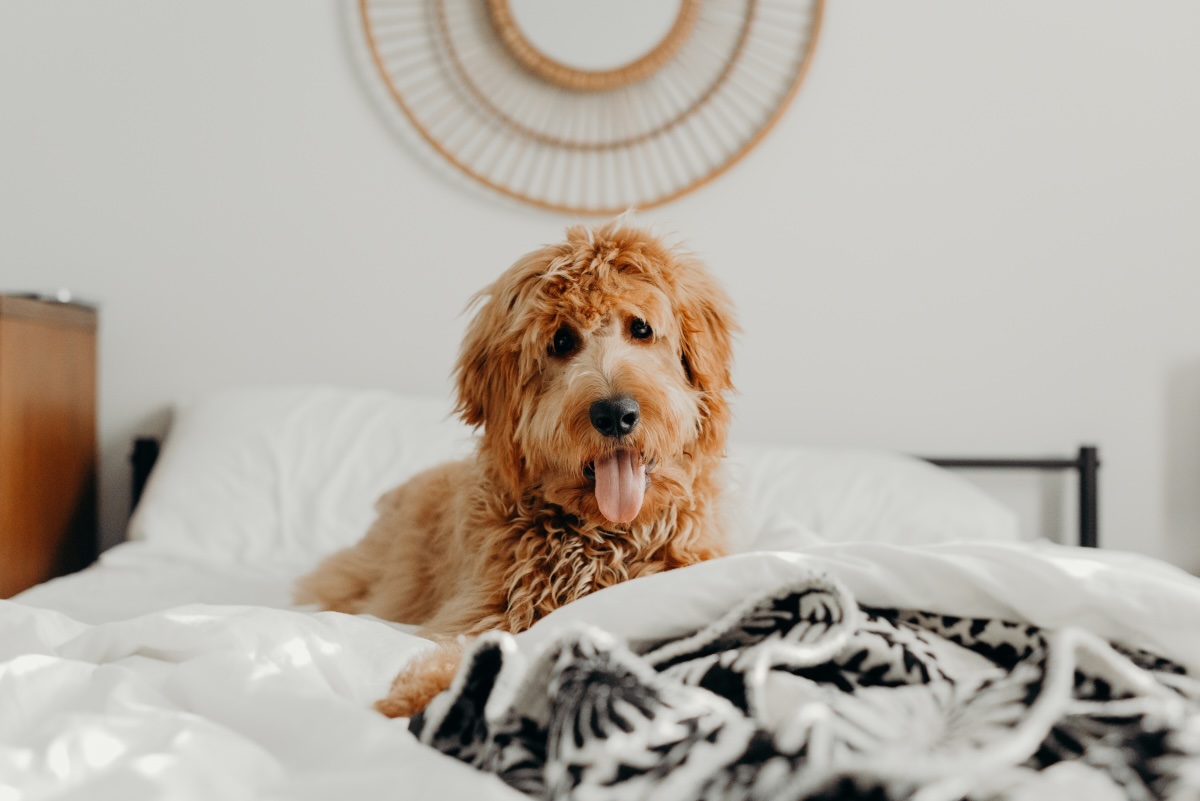

Articles
Why Does My Dog Pee On My Pillows When I Leave
Modified: December 7, 2023
Discover why dogs may urinate on pillows when left alone. Read helpful articles on how to prevent this behavior and create a comfortable environment for your pet.
(Many of the links in this article redirect to a specific reviewed product. Your purchase of these products through affiliate links helps to generate commission for Storables.com, at no extra cost. Learn more)
Introduction
Separation anxiety is a common issue that many dog owners face. It’s heart-wrenching to come home to find your beloved pet has urinated on your pillows while you were away. This behavior can be frustrating and puzzling, leaving you wondering why your dog chooses your pillows as a target. Understanding the root causes behind this behavior can help you address the issue effectively.
Dogs are social creatures and thrive on human companionship. When left alone for extended periods, they may experience feelings of fear, stress, and anxiety. Separation anxiety is characterized by excessive distress when a dog is separated from its owner, leading to destructive behaviors such as urinating on pillows, furniture, or other belongings.
In this article, we will delve into the causes of dogs peeing on pillows and explore behavior modification techniques and preventive measures to address this issue.
Key Takeaways:
- Understanding the root causes of why dogs pee on pillows, such as separation anxiety, marking territory, and lack of proper house training, is crucial in addressing and managing this behavior effectively.
- Implementing behavior modification techniques, preventive measures, and seeking professional help can help reduce separation anxiety in dogs and prevent them from urinating on pillows, fostering a healthier and happier relationship with your furry friend.
Read more: Why Does My Dog’s Pee Turn The Grass Yellow
Understanding Separation Anxiety in Dogs
Separation anxiety is a condition in which a dog experiences extreme anxiety and distress when left alone. It can manifest in various ways, including excessive barking, destructive chewing, or, in some cases, urinating on pillows or other objects. Understanding the underlying causes of separation anxiety can help us better address and manage this behavior.
One of the primary factors contributing to separation anxiety is the strong bond dogs develop with their owners. When dogs become accustomed to constant companionship, they can become anxious and stressed when left alone. This anxiety often stems from a fear of being abandoned or a belief that something bad will happen while their owner is away.
Another factor that can contribute to separation anxiety is a lack of proper socialization during a dog’s early developmental stages. Dogs that have not been exposed to a variety of people, environments, and experiences may be more prone to developing anxiety when separated from their owners.
In some cases, dogs may also develop separation anxiety as a result of past traumatic experiences. If a dog has been rehomed multiple times or experienced neglect or abuse in the past, they may develop a heightened sense of fear and anxiety when left alone.
It’s important to note that separation anxiety is not a sign of disobedience or a deliberate attempt to misbehave. Rather, it is an expression of fear and distress. Punishing a dog for exhibiting separation anxiety can exacerbate the problem and lead to more destructive behaviors.
If you suspect that your dog is suffering from separation anxiety, it’s essential to consult with a veterinarian or a professional dog trainer. They can help evaluate the severity of the anxiety and provide guidance on the best approach to manage and treat the condition.
The Role of Urination in Separation Anxiety
When it comes to separation anxiety in dogs, urination plays a significant role in expressing their stress and anxiety. Dogs may urinate inappropriately, such as on pillows, as a result of the overwhelming emotions they experience when left alone.
Urination serves as a release mechanism for dogs dealing with anxiety and stress. Just like humans may experience an increased need to use the bathroom during times of high stress, dogs may exhibit the same behavior. It is their way of coping with their emotions and trying to calm themselves down.
For some dogs, urinating on pillows or other personal items that carry the owner’s scent can provide a temporary sense of comfort. This behavior is rooted in the dog’s instinctual need for the presence and reassurance of their pack leader, which in this case is their owner.
Additionally, dogs may engage in urine marking as a means of communication. Urine contains pheromones that can convey social and territorial messages to other dogs. By urinating on pillows or other objects, dogs may be trying to signal their presence and establish their claim on the space.
It’s important to understand that urination due to separation anxiety is not a result of a training or housebreaking issue. Dogs with separation anxiety have little control over this behavior, and punishing or scolding them will only exacerbate their anxiety and may lead to more frequent accidents.
To effectively address urination due to separation anxiety, it’s crucial to focus on managing and treating the underlying anxiety. Behavior modification techniques and preventive measures can help alleviate the dog’s stress and reduce the likelihood of inappropriate urination.
In the next sections, we will explore behavior modification techniques and preventive measures that can be implemented to address the issue of dogs peeing on pillows when left alone.
Why Dogs Pee on Pillows
The behavior of dogs urinating on pillows can be distressing for pet owners. Understanding the reasons behind this behavior is crucial in order to address the issue effectively.
1. Separation Anxiety: Dogs that suffer from separation anxiety may urinate on pillows as a way of seeking comfort and security. Pillows often carry the scent of their owners, making them an attractive target for dogs who are distressed by their absence. Urinating on pillows can provide a temporary sense of reassurance and help them cope with their anxiety while their owner is away.
2. Marking Territory: Dogs have a strong instinct to mark their territory. By urinating on pillows, dogs are leaving their scent behind, which serves as a way of communication to other animals. Dogs may feel the need to mark their owner’s personal belongings, including pillows, to establish their presence and territorial boundaries.
3. Lack of Proper House Training: In some cases, dogs may urinate on pillows simply because they have not been properly house trained. This can be especially true for puppies or newly adopted dogs. If they haven’t learned the appropriate place to relieve themselves, they may mistakenly target pillows or other soft items.
4. Unfamiliar Environment: Dogs may feel more anxious or insecure in an unfamiliar environment. When placed in a new setting, such as a friend’s house or a hotel room, they may resort to urinating on pillows as a way of coping with their stress and claiming a familiar scent in an unfamiliar place.
5. Medical Issues: It’s important to rule out any underlying medical conditions that may contribute to the behavior of urinating on pillows. In some cases, urinary tract infections, bladder stones, or other health issues can cause dogs to have accidents in the house, including on pillows.
To remedy the issue of dogs urinating on pillows, it’s important to address the root causes. This can include implementing behavior modification techniques to reduce separation anxiety, providing proper house training and reinforcement, creating a safe and comfortable environment, and addressing any underlying medical issues through consultation with a veterinarian.
By understanding why dogs engage in this behavior, we can take the necessary steps to address the issue and foster a healthier and happier relationship with our furry friends.
Ensure your dog has regular bathroom breaks before you leave. Provide plenty of toys and mental stimulation to prevent anxiety. Consider crate training to limit access to certain areas.
Behavior Modification Techniques for Dogs with Separation Anxiety
Dealing with a dog’s separation anxiety can be challenging, but with the right behavior modification techniques, it is possible to help manage and reduce their anxiety. Here are some effective strategies to consider:
1. Gradual Desensitization: Gradually expose your dog to being alone for short periods of time and gradually increase the duration. Start by leaving them alone for just a few minutes and then gradually extend the time. This helps your dog become more accustomed to being alone and reduces their anxiety over time.
2. Counterconditioning: This technique involves pairing the experience of being alone with something positive for your dog. For example, give them a special treat, toy, or puzzle toy filled with treats before leaving. This helps create a positive association with being alone and can help alleviate their anxiety.
3. Provide Mental Stimulation: Keep your dog mentally engaged by providing interactive toys, puzzles, or treats that can keep them occupied while you’re away. Mental stimulation can help distract them from their anxiety and provide a positive outlet for their energy.
4. Create a Safe Space: Designate a specific area or room where your dog feels safe and comfortable when you’re not at home. Make sure this space is equipped with their bed, toys, and familiar scents. This can help create a sense of security and reduce their anxiety.
5. Calming Techniques: Explore calming techniques such as playing soothing music or leaving a piece of clothing with your scent on it. These can help provide a sense of familiarity and comfort to your dog while you’re away.
6. Consistency and Routine: Establish a consistent and predictable routine for your dog. This includes regular feeding times, walks, and play sessions. A consistent routine can help create a sense of stability and security, reducing their anxiety.
7. Seek Professional Help: If your dog’s separation anxiety persists or worsens despite your efforts, consider consulting with a professional dog trainer or a veterinary behaviorist. They can provide you with personalized guidance and additional behavior modification techniques to address your dog’s specific needs.
Remember, behavior modification takes time and patience. It’s important to be consistent with your approach and provide plenty of positive reinforcement for desired behaviors. With time and proper training, you can help your dog overcome their separation anxiety and improve their overall well-being.
Read more: Why Does My Dog Bite Pillows
Preventive Measures to Stop Dogs from Peeing on Pillows
Preventing dogs from peeing on pillows requires a combination of proactive measures and training techniques to address the underlying causes. Here are some preventive measures you can take:
1. Proper House Training: Ensure that your dog is properly house trained from an early age. Consistency, positive reinforcement, and frequent bathroom breaks are essential in teaching your dog where they should and shouldn’t relieve themselves. Supervise them closely and provide ample opportunities to go outside and use the designated bathroom area.
2. Provide Ample Bathroom Breaks: Make sure to establish a regular schedule for bathroom breaks, especially if your dog has a tendency to urinate indoors. Take them out for walks or bathroom breaks at consistent intervals throughout the day, including before leaving them alone for an extended period.
3. Crate Training: Crate training can be an effective method to prevent dogs from peeing on pillows while you’re away. Dogs have a natural inclination to avoid soiling their den-like space. Introduce the crate gradually and make it a positive and comfortable environment for your dog.
4. Secure the Environment: Minimize access to pillows or other personal items when you’re not able to supervise your dog. Close doors, use baby gates, or keep your dog in a designated area where they cannot reach pillows. This helps prevent them from developing the habit of targeting pillows for urination.
5. Reduce Separation Anxiety: Address your dog’s separation anxiety through behavior modification techniques, as discussed earlier. By reducing their anxiety, you can decrease the likelihood of them resorting to inappropriate urination behaviors. Seek professional guidance if needed.
6. Use Dog-Approved Chew Toys: Provide your dog with a variety of interactive and engaging chew toys to redirect their chewing behavior. This can help distract them from urinating on pillows and give them a healthier outlet for their energy and anxiety while you’re away.
7. Remove Access to Pillows: If your dog has a persistent habit of targeting pillows, temporarily remove access to them while you work on behavior modification. Keep pillows in closed rooms or use temporary barriers to restrict their access until the behavior is under control.
Remember, consistency and patience are key when implementing preventive measures. It’s important to address any underlying issues and provide a positive and supportive environment for your dog’s well-being.
By incorporating these preventive measures and working with your dog to address any behavioral concerns, you can help stop them from peeing on pillows and establish healthier habits for their overall happiness and comfort.
Conclusion
Dealing with dogs peeing on pillows can be frustrating and puzzling for pet owners. However, by understanding the root causes and implementing preventive measures, as well as behavior modification techniques, it is possible to address and manage this behavior.
Separation anxiety plays a significant role in dogs urinating on pillows. When left alone, dogs may experience anxiety and stress, leading them to seek comfort and security by urinating on pillows that carry their owners’ scent. Additionally, marking territory, lack of proper house training, unfamiliar environments, and underlying medical conditions can contribute to this behavior.
To address this issue, behavior modification techniques such as gradual desensitization, counterconditioning, and providing mental stimulation can help alleviate separation anxiety. Creating a safe space, employing calming techniques, and establishing a consistent routine can also contribute to reducing their anxiety levels.
Prevention is key, and taking preventive measures such as proper house training, providing ample bathroom breaks, and securing the environment can help deter dogs from targeting pillows for urination. Additionally, crate training, offering dog-approved chew toys, and working to reduce separation anxiety are important steps in preventing this behavior.
It’s essential to approach this issue with patience and consistency. Punishing or scolding dogs for peeing on pillows will only exacerbate their anxiety and may lead to more frequent accidents. Instead, focusing on positive reinforcement, proper training, and creating a supportive environment is crucial in addressing the underlying causes of the behavior.
Lastly, if the issue persists or worsens despite your efforts, seeking professional help from a veterinarian or a professional dog trainer can provide personalized guidance and additional techniques to address your dog’s specific needs.
By implementing these strategies and showing understanding and empathy towards your dog, you can create a happier and healthier environment for both you and your furry friend. Remember, addressing and managing separation anxiety takes time and commitment, but with patience and consistent effort, you can help your dog overcome their anxiety and foster a stronger bond between you.
Frequently Asked Questions about Why Does My Dog Pee On My Pillows When I Leave
Was this page helpful?
At Storables.com, we guarantee accurate and reliable information. Our content, validated by Expert Board Contributors, is crafted following stringent Editorial Policies. We're committed to providing you with well-researched, expert-backed insights for all your informational needs.
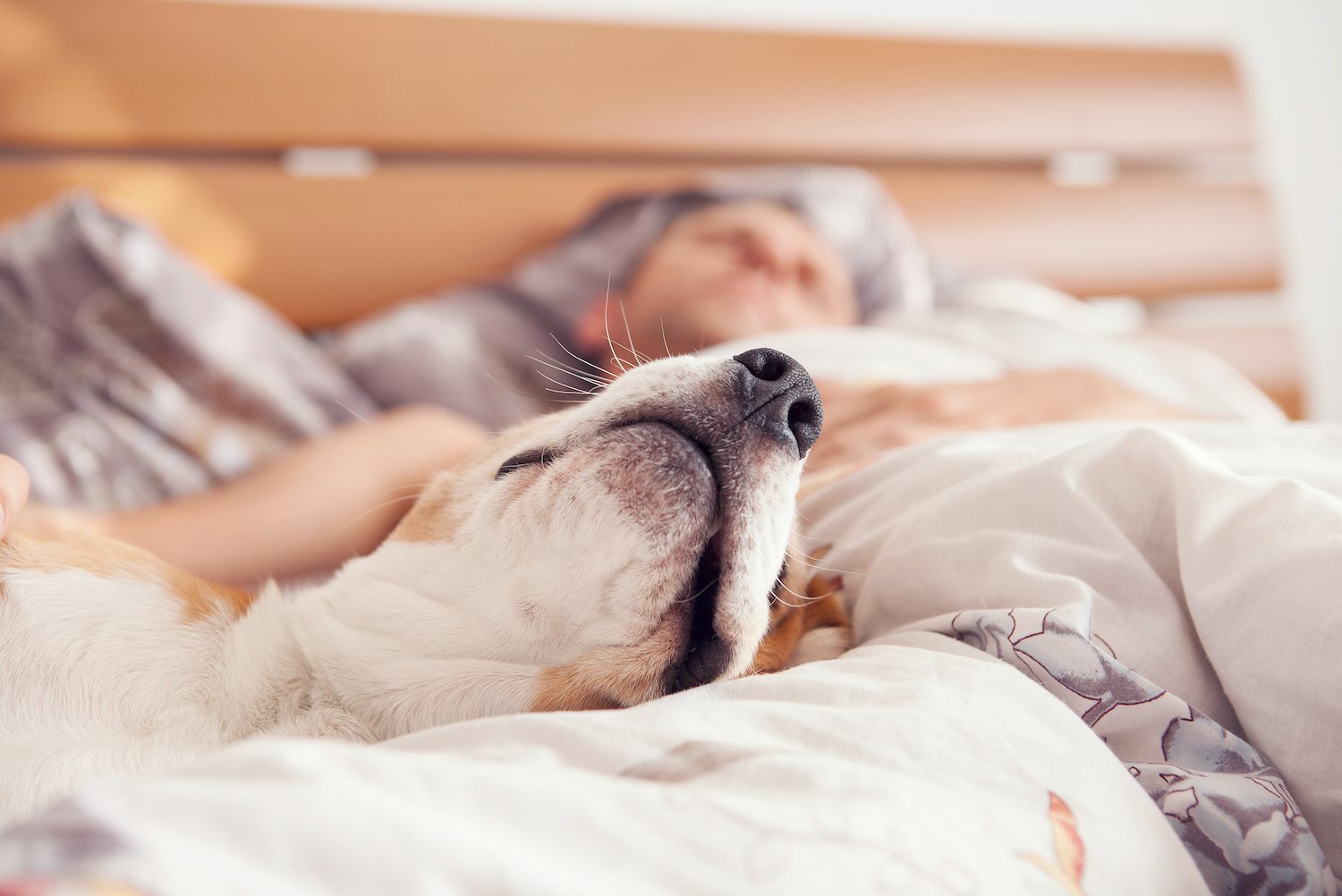
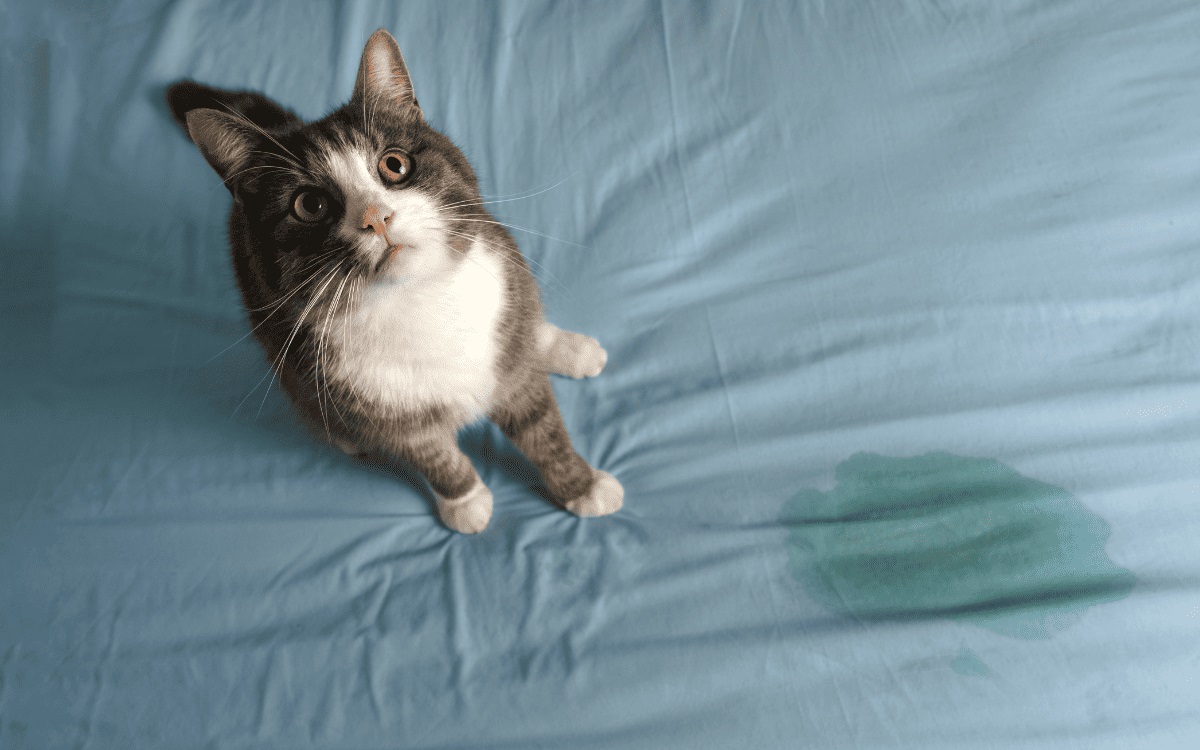
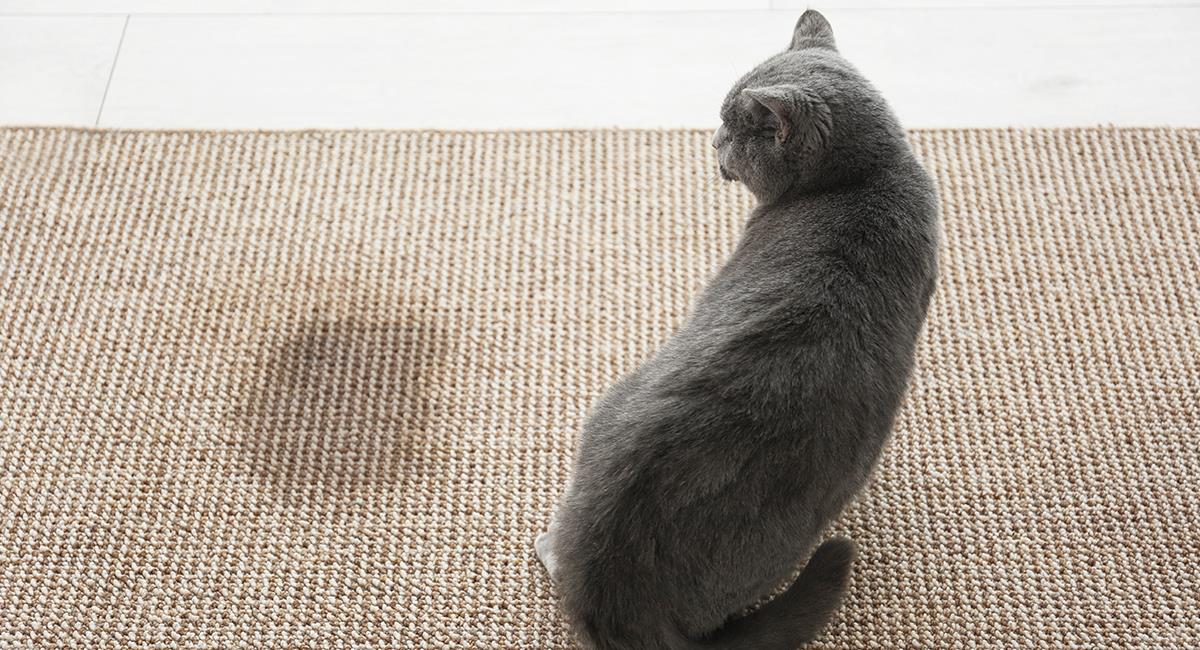
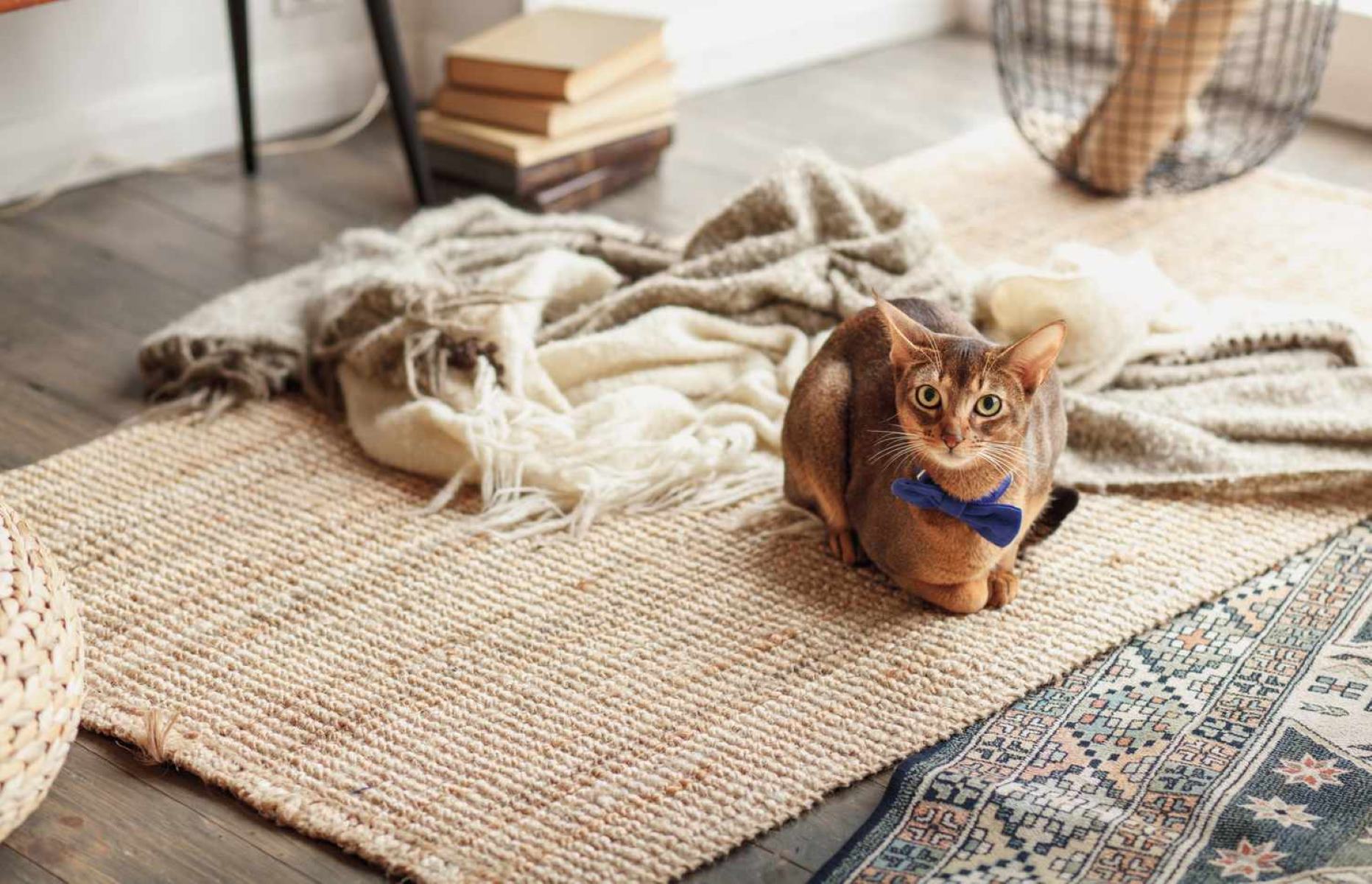
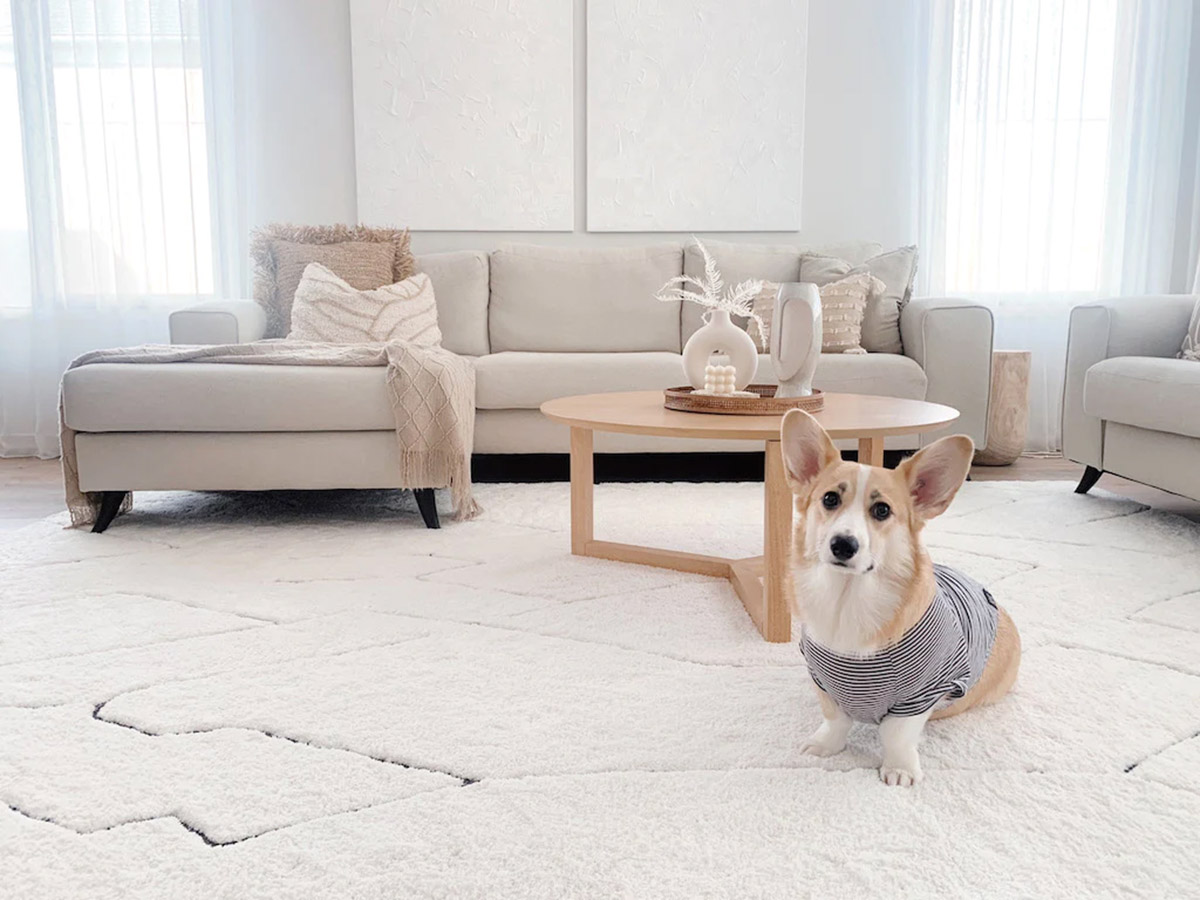
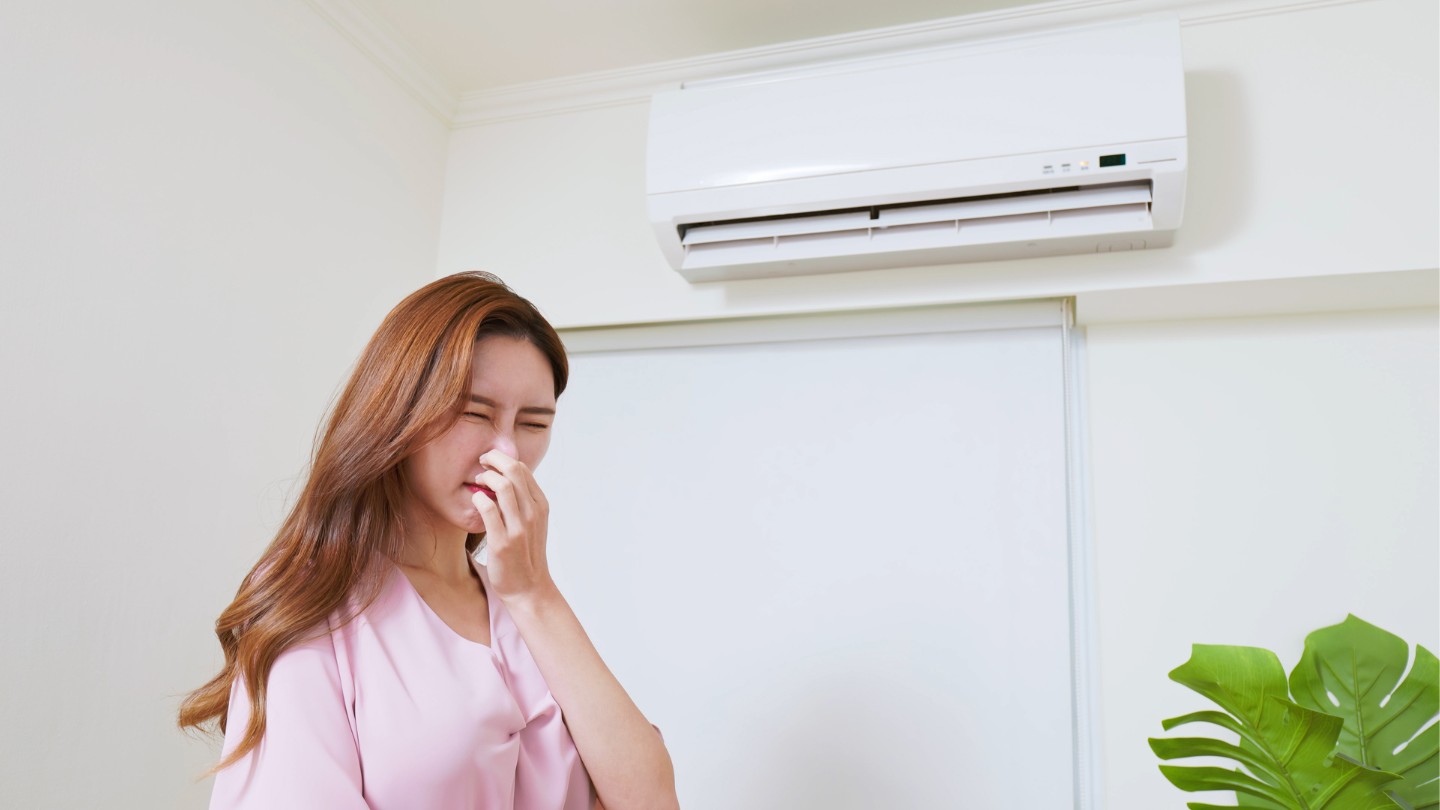
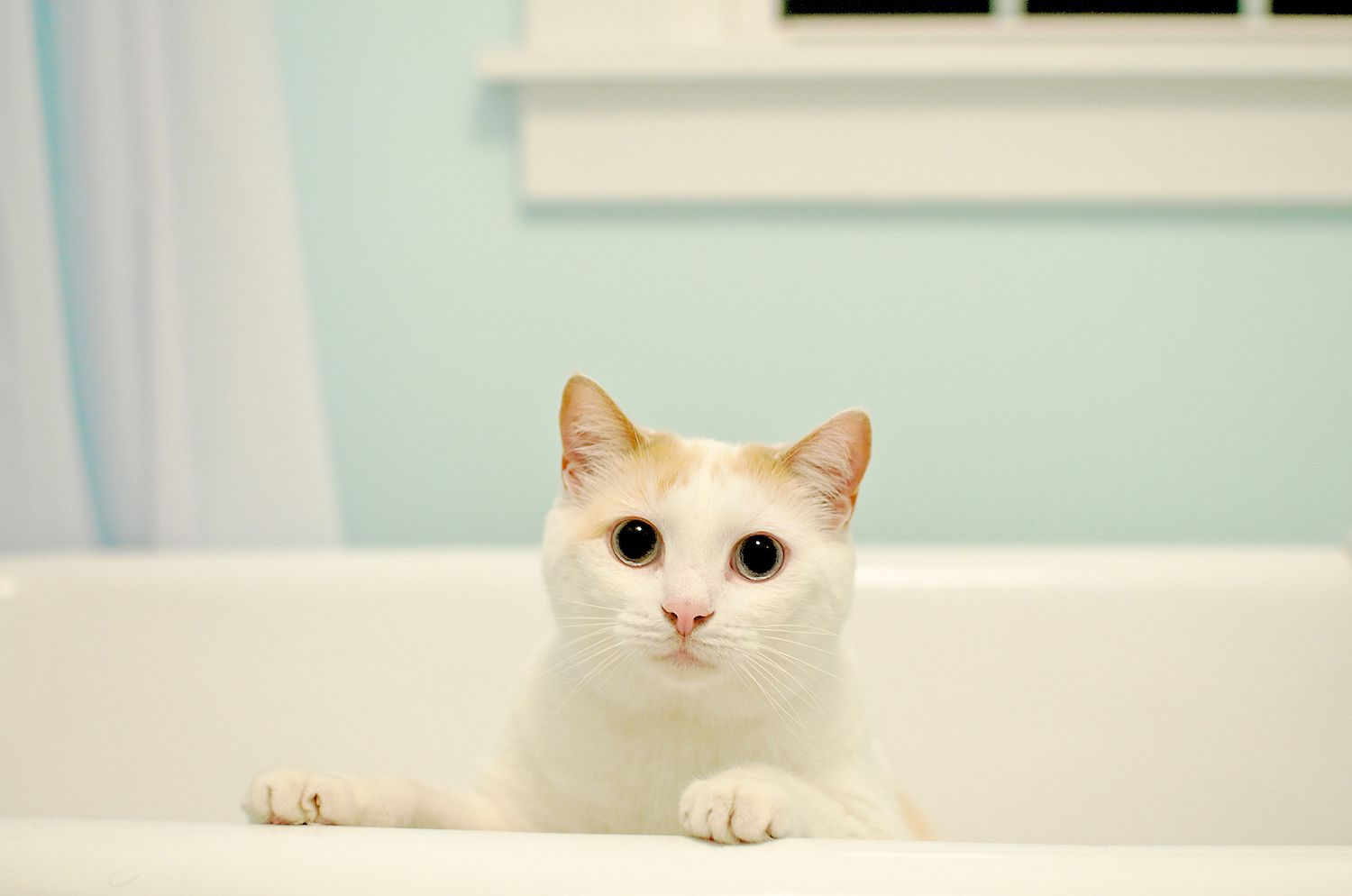

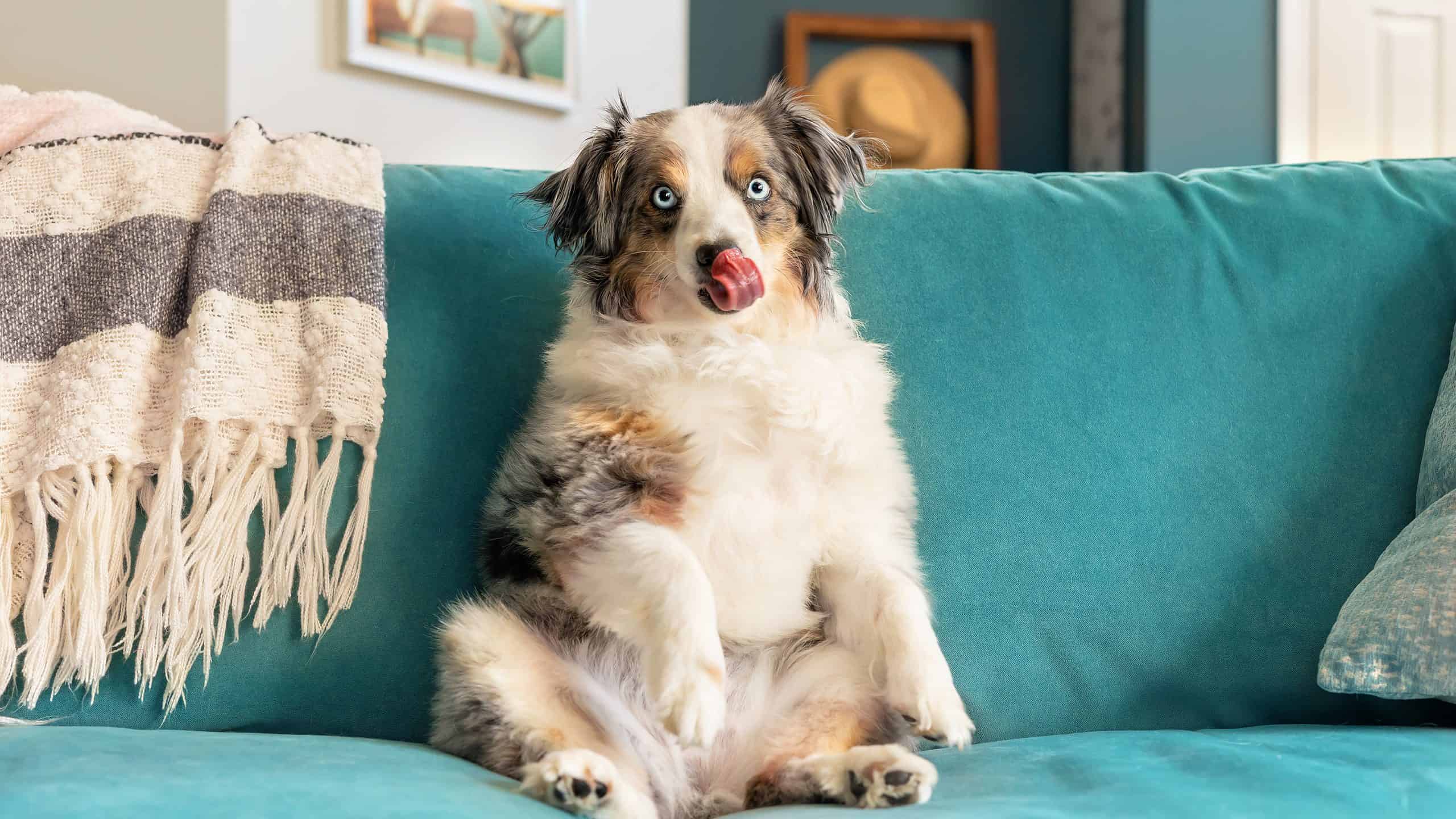
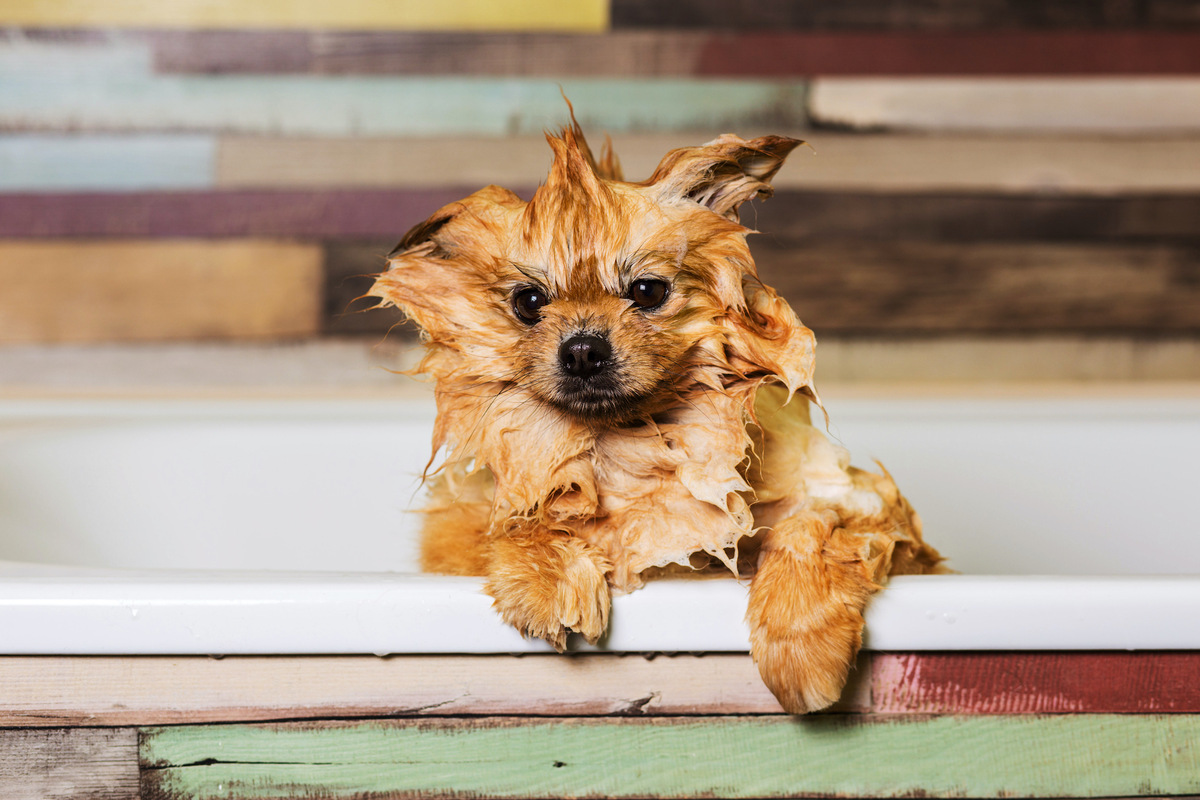

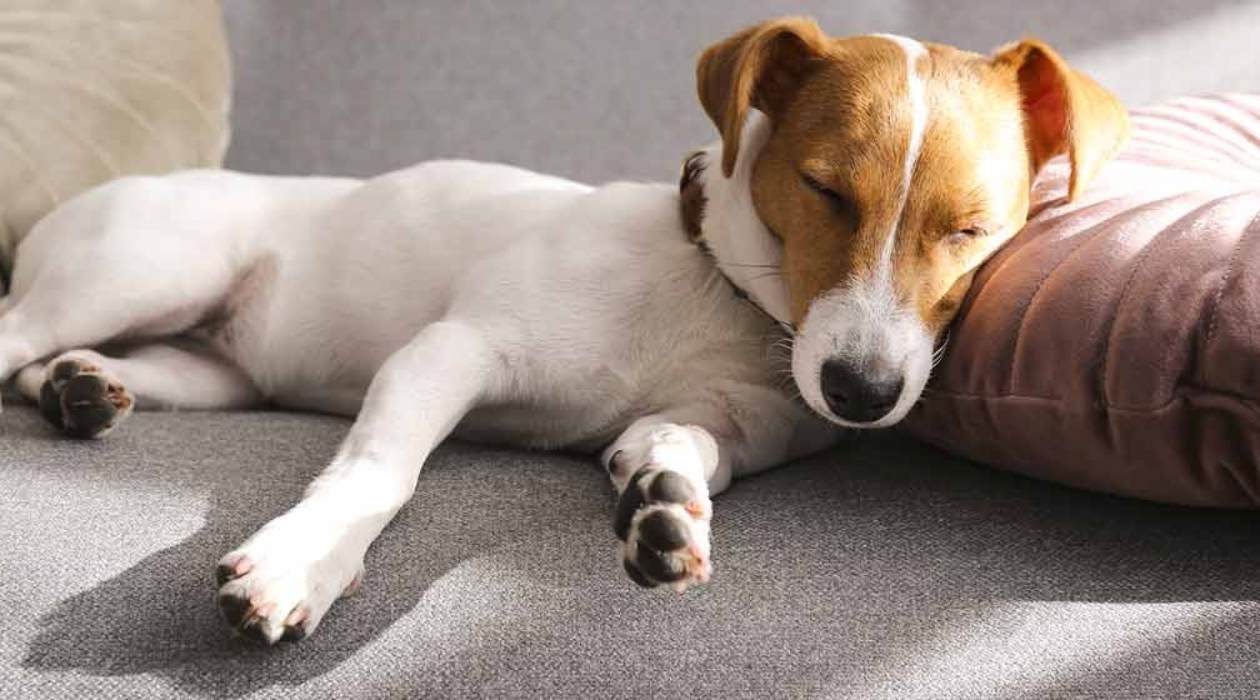
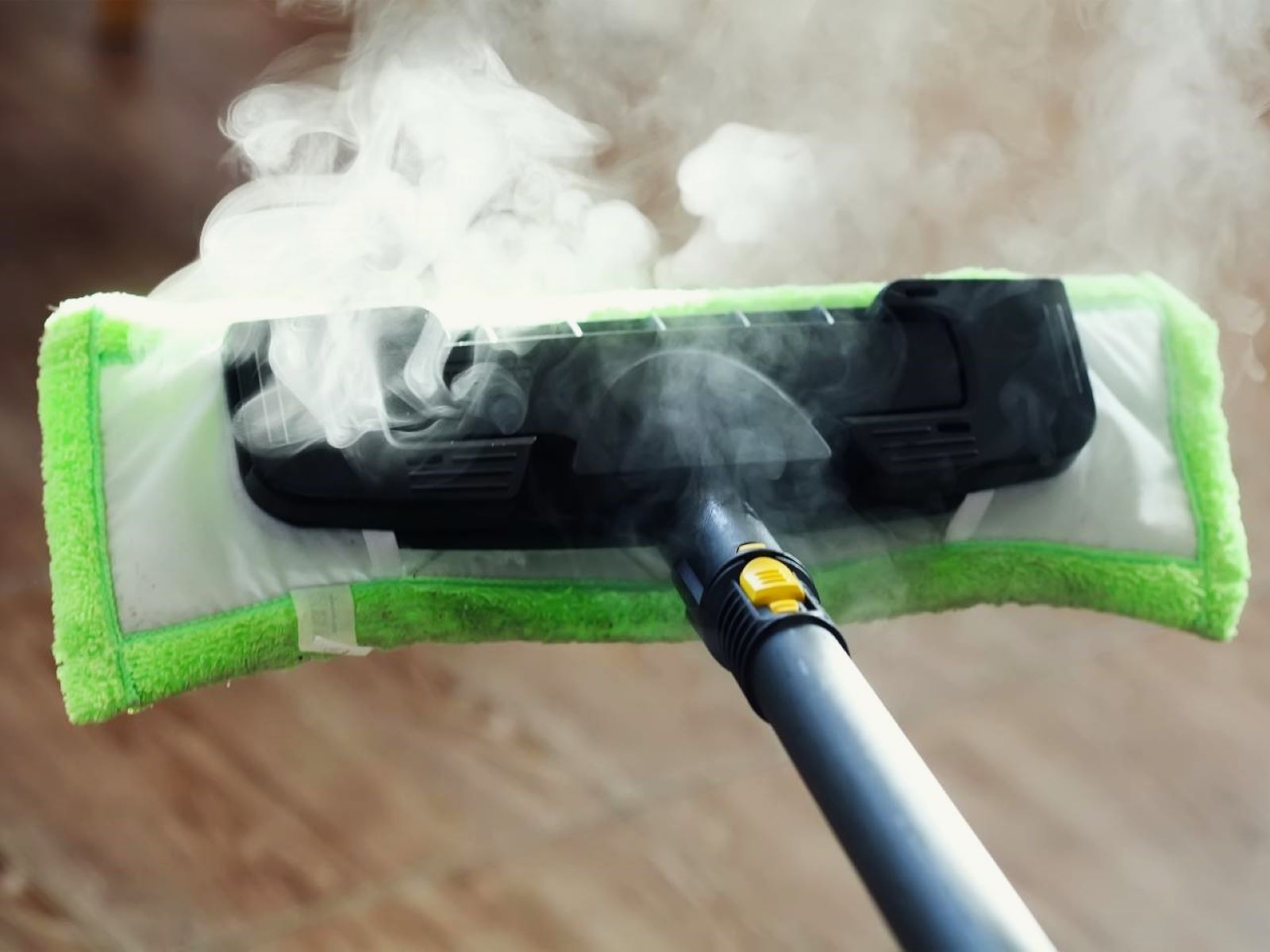
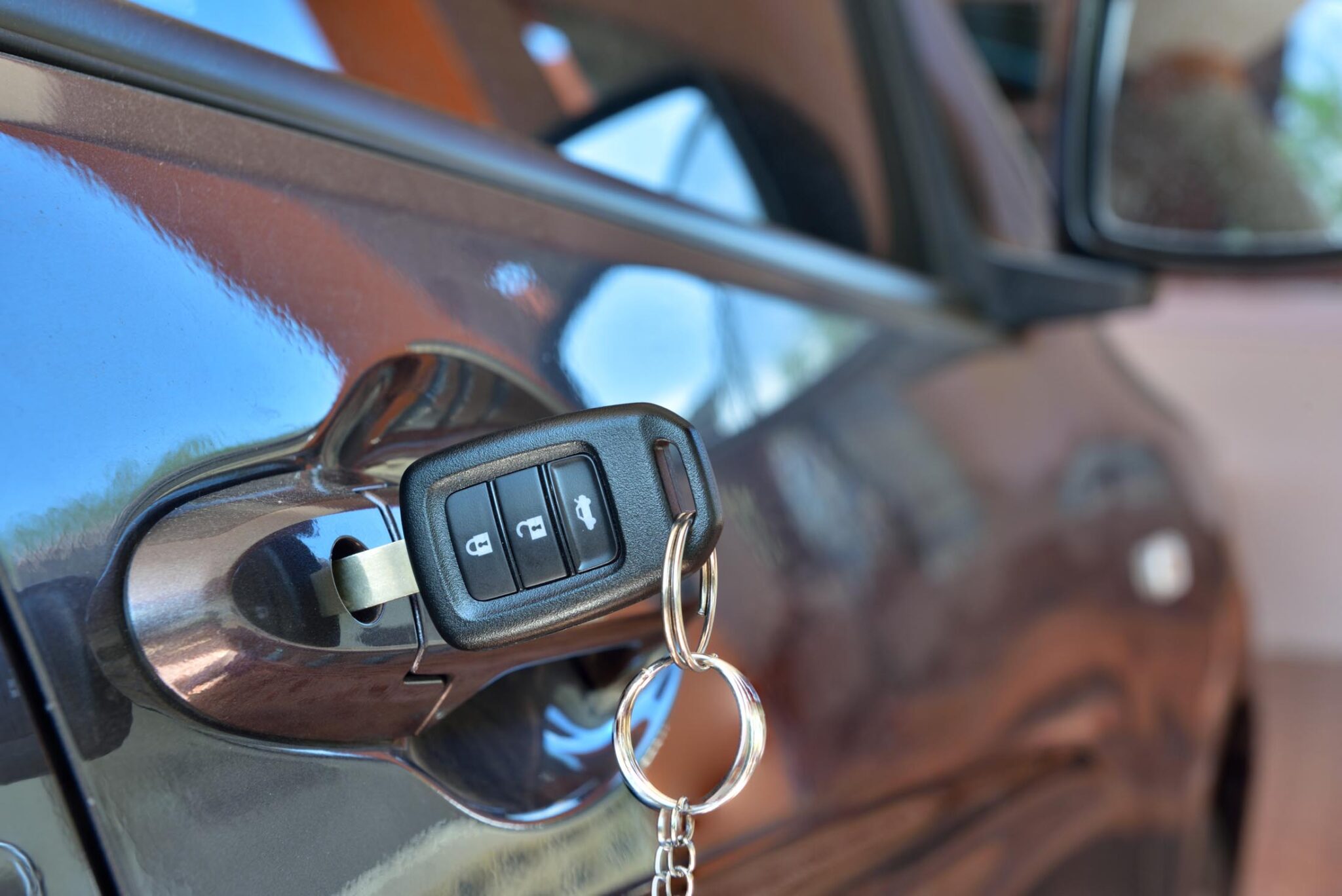

0 thoughts on “Why Does My Dog Pee On My Pillows When I Leave”